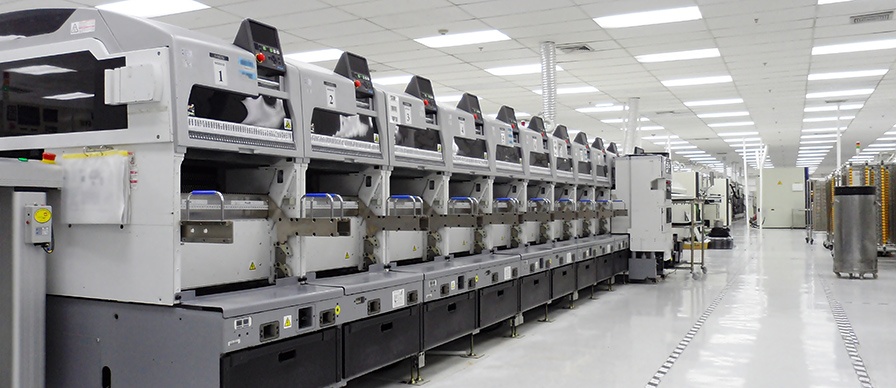Equipment and spare parts obsolescence in semiconductor manufacturing stems from a continuous push for higher performance and greater efficiency in an increasingly interconnected world. As technology advances at an accelerating pace, manufacturing managers are always faced with a looming problem of obsolescence. Before their equipment reaches end of life, parts and support are often discontinued for key components of the production line.
As the demand for newer, smaller, more-connected products grows, OEMs are focused on producing at the next smallest node. Moore’s Law subsequently has an effect on ≤200mm wafer fabs with portions of their production line going obsolete every year.
When this happens, it becomes harder to find replacement parts and service to maintain critical equipment. A choice must be made to either re-engineer legacy systems, invest in new technology to meet demand, or else search for a new way to keep the equipment in production.
A system redesign can be expensive and time consuming, even though it will help work around the problem of discontinued parts. Additionally, doing a system redesign every time an obsolete part disrupts production is not always cost effective.
The best solution is to have a pro-active relationship with suppliers and to plan ahead for component obsolescence. If OEMs discontinue service on a product, they will often work with third-party accredited partners to ensure continued development of parts and to proactively redesign equipment offline, which is much more desirable than redesigning an active production system. This is a preferable solution as opposed to searching for distributors on the open market, which increases the risk of introducing counterfeit components that can have catastrophic results. Proactively addressing the issues will also increase the lifecycle of the system with less impact to production.
Obsolescence is not a minor issue. Some OEMs have seen an exponential growth in the number of obsolete parts in the last decade, and the continued rise of IoT and MEMS suggests a compounding issue moving forward. For many fabs, it’s only a matter of time before obsolescence impacts their ability to meet production.
What is your strategy for tracking critical components and systems that may become obsolete? Feel free to share your thoughts in the comments below.



